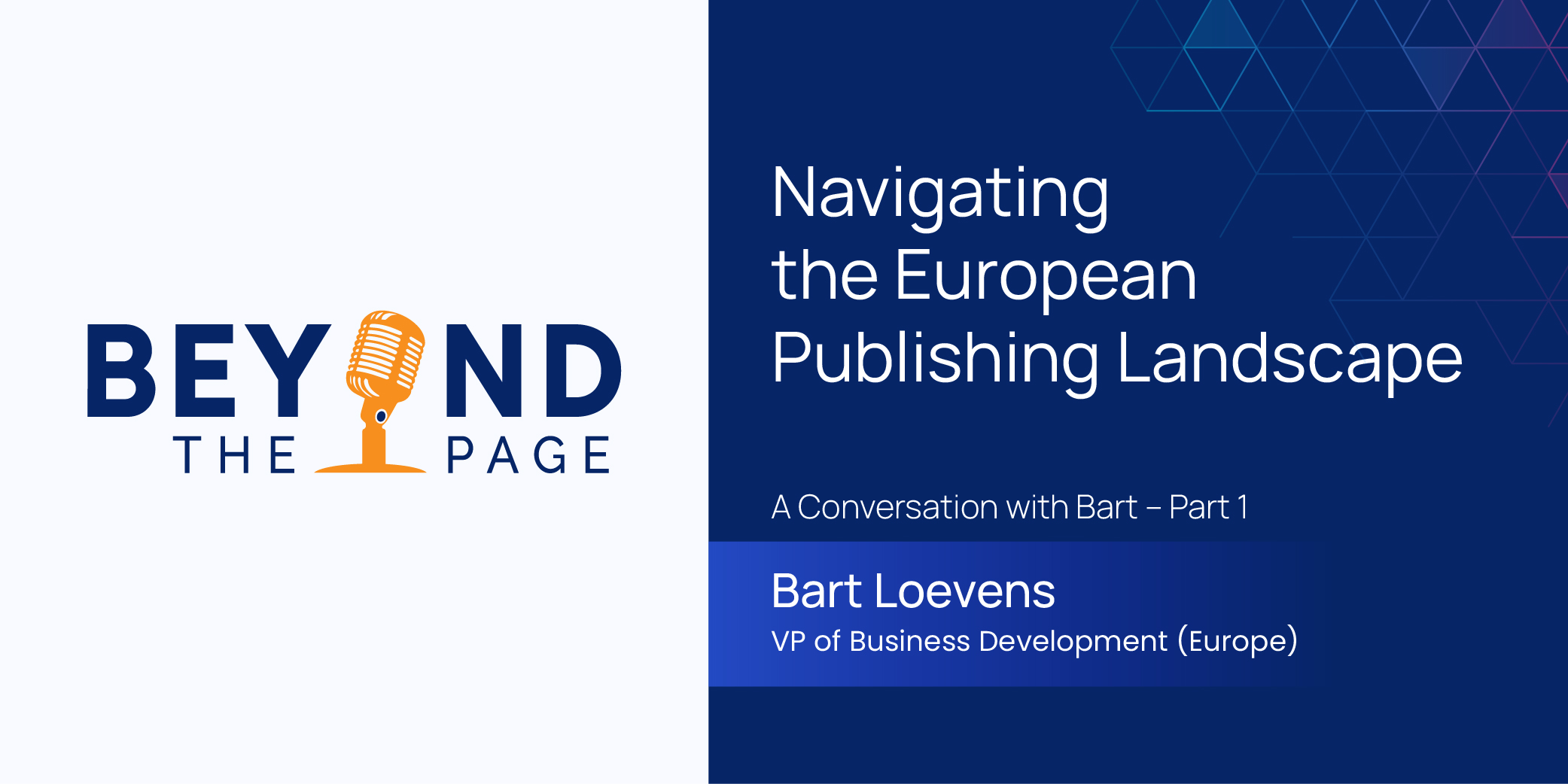
Do a quick Google search with the key words extended reality (AR/VR) and learning and development, and you will see an overwhelming number of articles promising a gazillion possibilities. Taken at face value this might lead to a superficial conclusion, but the fact that there’s so much potential in this area is indeed interesting and sparks further discussion.
Barely three years ago, the sweeping phenomenon known as Pokémon Go had everyone raving about the power of augmented reality (AR). In mere weeks it had become a global phenomenon, with millions of active users taking to it quite naturally.
So what does this tell us? Novel possibilities within the realm of extended reality are worth exploring, since their adoption in various industries by people of all ages is seemingly welcome. Seen as a natural fit, e-learning can be amplified by tapping the potential of AR/VR for distinct immersive experiences.
Reinforcing Figures: What do the Numbers Say?
Goldman Sachs estimates that roughly $700 million will be invested in AR/VR applications in education by 2025. Indeed, education is expected to become the fourth largest sector for VR investments.
Given this positive outlook, let’s deep-dive and explore some ways by which AR/VR is likely to change the landscape of learning.
- Near Real-world Experiences with Simulation Immersion
Currently, simulations on a computer or mobile device screen are riddled with shortcomings that allow room for distractions. This demands high concentration from online learners, who would have to constantly contend with the outside world even as they deal with a virtual one.
Bringing potential AR/VR technologies into the equation will provide a much-needed layer of immersive learning for learners to ‘step inside’ and get themselves fully involved in the situation. Several audio devices and headsets allow one to block out external distractions and focus solely on the virtual learning activity.
In this context, it is worthwhile to mention players like Integra, who have been working with K-12 and Higher Ed publishers in transforming their educational content into engaging AR/VR experiences.
- A More Intensive and Collaborative Learning Experience
Learning is now a different ballgame than what it was a decade ago. With decreasing attention spans, there is an increasing need to create immersive experiences that are dynamic and engage the learner on several levels. Enter gamification of learning content and what we have is enhanced learning outcomes. How? Extending beyond leaderboards, gamification has been instrumental in creating more interactive and collaborative learning experiences by enabling learners to have simultaneous interactions with various other learning participants in safe environments without the lurking threat of heavy competition. This in turn has paved the way for increased learning engagement and sustained longevity of learning outcomes.
- Learning Outcomes through Assessments and Visual Feedback
VR technologies are inherently capable of providing and pre-empting possible scenarios to enhance the value of evaluation. VR software presents the possibility of recording learner performance as well as tracking final results. This way, learners can avail themselves of handy information that allow them to identify gaps in their performance and take remedial action.
For instance, if learners miss an important step in a process, they can equip themselves on how to perform that step correctly and retake the assessment later. And all this is done in a much-enhanced and immersive learning environment that makes their learning experience a lot more focused and fruitful.
News & Insights

Enabling Accessibility in Scholarly Publishing – A Conversation with Lakshmanan Thirumoorthy

Navigating the European Publishing Landscape – A Conversation with Bart – Part 2

